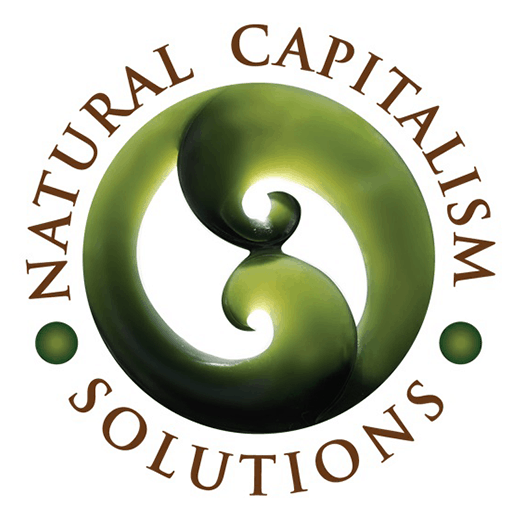By L Hunter Lovins & Amory Lovins
This article served as a basis for the U.S. negotiating position at Kyoto …
[fusion_builder_container hundred_percent=”yes” overflow=”visible”][fusion_builder_row][fusion_builder_column type=”1_1″ background_position=”left top” background_color=”” border_size=”” border_color=”” border_style=”solid” spacing=”yes” background_image=”” background_repeat=”no-repeat” padding=”” margin_top=”0px” margin_bottom=”0px” class=”” id=”” animation_type=”” animation_speed=”0.3″ animation_direction=”left” hide_on_mobile=”no” center_content=”no” min_height=”none”][download .pdf of full article]
ABSTRACT:
Arguments that protecting the earth’s climate will cost a lot rest on theoretical economic assumptions flatly contradicted by business experience. Most climate/economics models assume that almost all energy-efficiency investments cost-effective at present prices have already been made. Actually, huge opportunities to save money by saving energy exist, but are being blocked by dozens of specific obstacles at the level of the firm, locality, or society. Even if climate change were not a concern, it would be worth clearing these barriers in order to capture energy-efficiency investments with rates of return that often approach and can even exceed 100% per year. Focusing private and public policy on barrier-busting can permit businesses to buy energy savings that are large enough to protect the climate, intelligent enough to improve living standards, and profitable enough to strengthen economic vitality, employment, and competitiveness.
Eight classes of regulatory, organizational, and informational failures, perverse incentives, distorted prices and investment patterns, and similar barriers are costing the American economy about $300 billion every year. This waste pervades even well known and well-managed companies that have been saving energy for decades. Some alert corporate leaders, however, are now starting to break through these barriers to enrich their shareholders by combining careful attention with powerful innovations in design and technology. Many examples illustrate how each of the obstacles to such energy-saving practices can be turned into a lucrative business opportunity, making climate protection a boon for enterprise, innovation, and competitive advantage.
Energy price does matter, but ability to respond to price matters even more. The last time the United States saved energy very quickly—expanding GDP 19% while shrinking energy use 6% during 1979–86—the main motivator was costly energy. Yet similar success can now be achieved by substituting high skill and attention for high prices. In the 1990s, Seattle, with the lowest electricity prices of any major U.S. city, has been saving electricity far faster than Chicago, where rates are twice as high. The key difference: Seattle is starting to create an efficient, effective, and informed market in energy productivity.
Saving fuel typically costs less than burning fuel, and the gap is widening as efficiency costs continue to fall faster than fuel prices. Engineering economics has made climatic protection not costly but profitable. Therefore, debates about climate science, who should save energy first, and how to share the alleged pain of the savings are all misconceived and irrelevant. Just as the American economy has succeeded in displacing leaded gasoline, chlorofluorocarbons, sulfur emissions, and many toxic chemicals—all at costs far lower than initially expected—so modern technologies and market understanding can profitably displace carbon fuels too, yielding both a stable climate and a vibrant economy.
(TO READ THIS FULL ARTICLE, DOWNLOAD THE .PDF)
[download .pdf of full article][/fusion_builder_column][/fusion_builder_row][/fusion_builder_container]

Leave a Reply